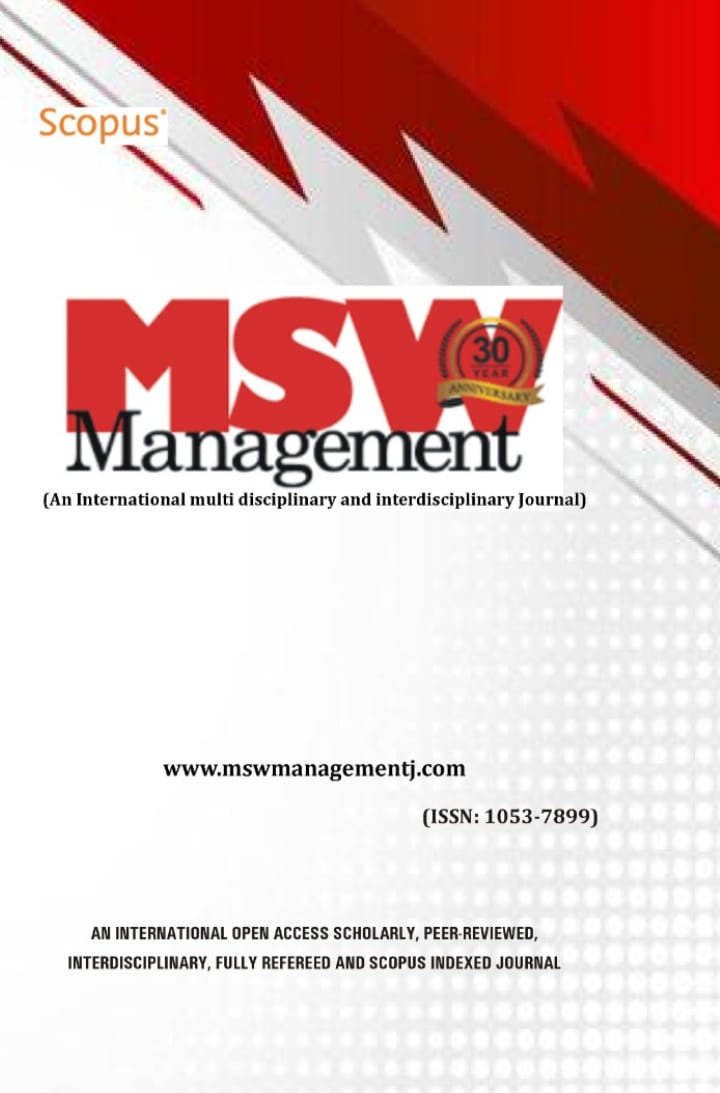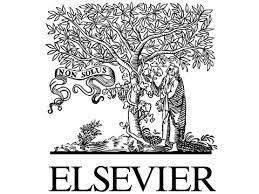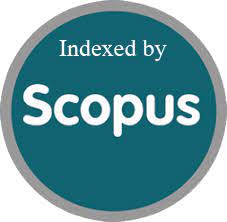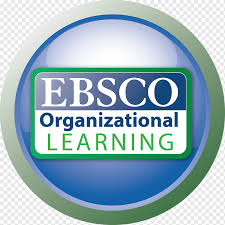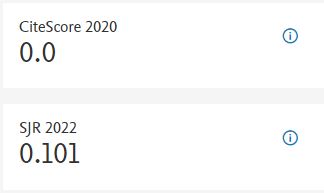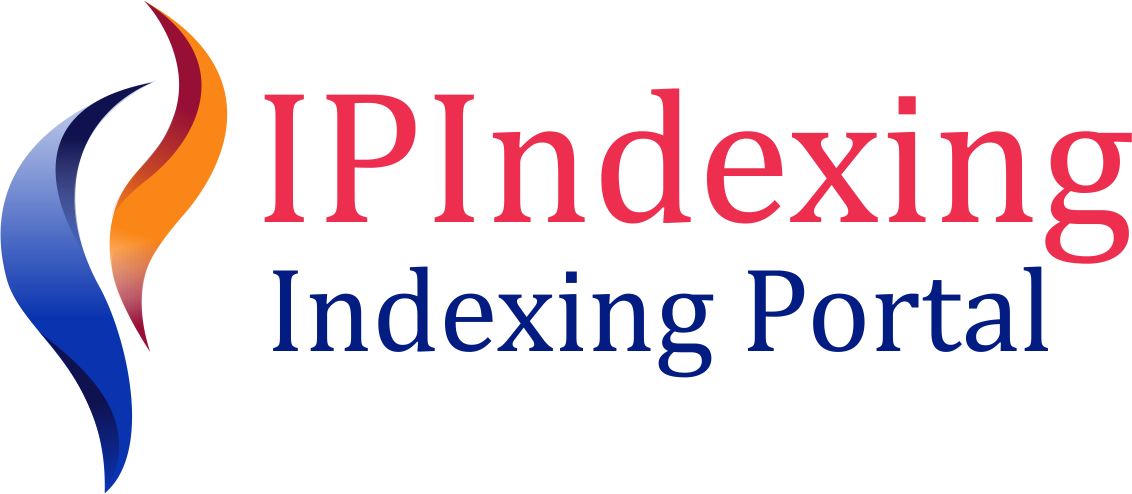EMPOWERING ENTREPRENEURS: ANALYSIS OF PRADHAN MANTRI MUDRA YOJANA
DOI:
https://doi.org/10.7492/c3wkhe77Abstract
The Pradhan Mantri Mudra Yojana (PMMY) has emerged as a pivotal initiative in India's efforts to bolster entrepreneurship and economic growth. This paper provides a comprehensive analysis of PMMY's impact, focusing on the performance of various lending institutions and the distribution of funds across states. Notably, Public Sector Banks, with their robust growth of 46%, have exceeded their targets, signaling a promising future for the program. At the same time, other entities like Private Sector Banks, Small Finance Banks, Micro Finance Institutions, and Non-Banking Finance Companies also made significant contributions. However, State Co-operative Banks displayed limited involvement, suggesting room for improvement. Uttar Pradesh, Bihar, and Tamil Nadu emerged as leaders in fund distribution, underscoring their commitment to empowering small businesses. The top 10 states, including Karnataka, West Bengal, and Maharashtra, played a crucial role in advancing financial inclusion and supporting micro-enterprises.
In conclusion, this study underscores the vital role of PMMY in fostering economic development by facilitating entrepreneurs' access to financial services. The findings highlight the program's effectiveness across diverse lending landscapes and geographic regions, indicating its widespread impact. In order to improve the participation of State Co-operative Banks and expand PMMY's coverage to underserved communities, it is essential to conduct further research, which will help identify effective strategies to make the program more accessible and impactful. By doing so, we can invite the audience to join us in our ongoing efforts to enhance the reach and impact of PMMY.

